When Denmark joined the European Union in 1973, Nordic Greens - called Alfred Pedersen then - promptly planted tomatoes in its greenhouses. That was the country's first commercial tomato crop. "The company, founded in 1948, focused on growing cucumbers, but my father, for whom the company was named, was convinced that, after joining the EU, Danish tomatoes would fetch higher prices," begins CEO Mads Ulrik Pedersen.
Now it's 2023, and you will find cucumbers, tomatoes, and bell peppers in this Odense cultivation company's greenhouses. And this week, the very first lettuce in this company's 75-year history was planted in a state-of-the-art new greenhouse complex. Talk about a premier.
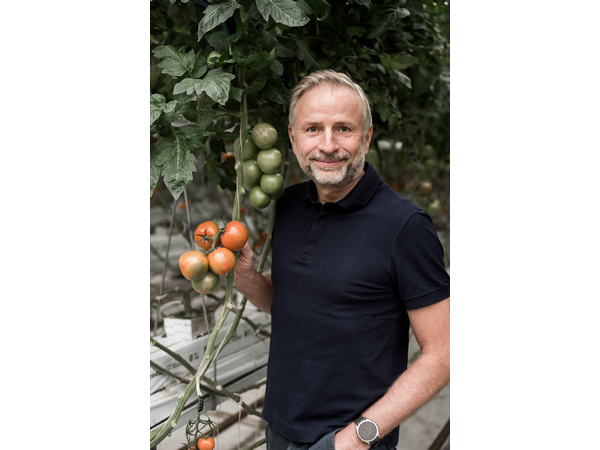
Mads Ulrich
Only ripe tomatoes picked
The focus was on quality right from the start. Today that translates into things like eye-catching packaging and especially ripe-picked fruit. "We can't copy other growing countries; producing here is more expensive. So, we must provide something extra. We harvest, sort, and package our tomatoes by hand, thus ensuring excellent quality," says Mads.
"The tomatoes are only allowed to come off the plants once they've ripened and have reached their full flavor. And sorting and packing by hand means avoiding product damage in the sorting machines. This method costs a little more, labor-wise, but Danish consumers are willing to pay extra for high-quality local produce. Yet, to a certain extent, inflation is putting true premium products under pressure."
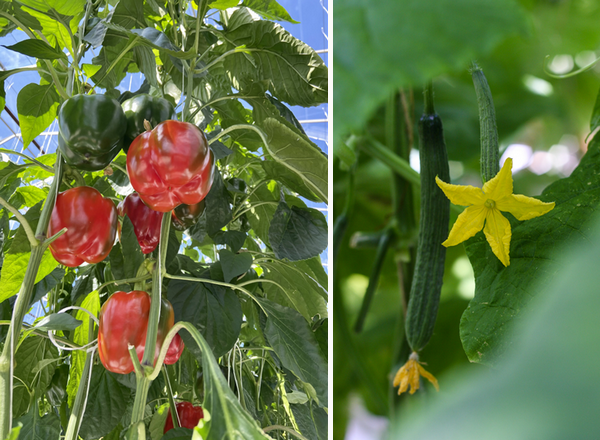
Peppers and cukes seen in Nordic Greens' greenhouses
Unconventional
For the first decade, those tomatoes were sold at auction in Odense, but in 1982, Pedersen Senior was the first grower in Denmark to turn to direct customer sales. "Even today, we're one of the few growers not affiliated with the cooperative, which evolved from an auction into a growers' association where, moreover, clock sales, as such, are no longer held. We strongly believe in direct client contact," Mads explains.
Branding - 90% of what Nordic Greens cultivates is marketed under its Katrine & Alfreds and Pedersens Udvalgte brands - in-store promotions, storytelling, and a range of special varieties are also some of the tools used to make the company's tomatoes, bell peppers, and cucumbers a unique, well-known product in Danish supermarkets. "That's needed, too, to compete with the really big cultivation companies."
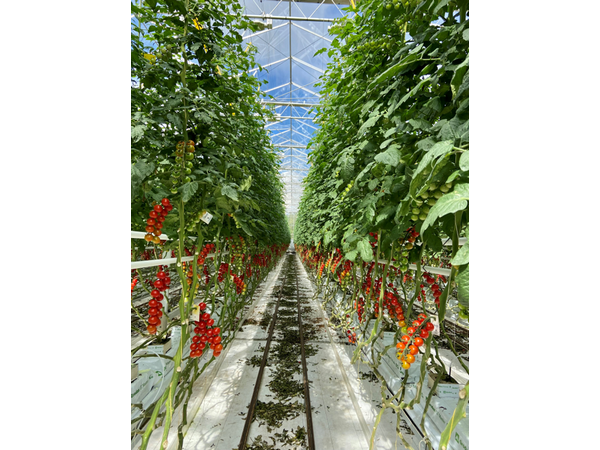
Local for local and bio
Nordic Greens' greenhouses total 47 hectares, divided among six farms. The largest, by the way, is in southern Sweden. "We used to export there, but our philosophy matches the current 'local for local' trend. So, for the Swedish market, we have vegetables from a Swedish greenhouse. In that country's supermarket, you'll thus find products sporting the Swedish flag on the packaging," laughs Mads, adding that this trend actually secures the company's future.
"The Scandinavian countries' high demand for local products doesn't hurt us or other Danish growers. Every year, regionally-grown vegetable sales increase by a few percent. And here in Denmark, we have none of the fierce competition that growers face in a horticultural country like the Netherlands."
Of Nordic Greens' cultivation, 40% is organic. "That's sizable, but so is Denmark's organic market. At least five percent of the tomatoes and cucumbers in stores are organic. That's the largest share in Europe. But it's hard to cultivate organically. You can't grow on the substrate; it has to be in the soil, and you must keep the insects out with nets, so yields are about 20% lower than conventional. Although the profit margins are not higher and the risk is greater, too, it's still worth it, we think," says the CEO.
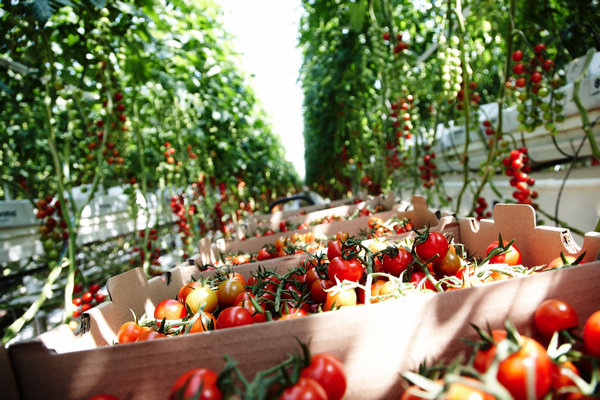
No more fossil energy
And organic farmers, by definition, value sustainability. "We use residual heat to heat the greenhouses and, when electricity is affordable, an electric boiler. The current rates aren't too bad, and I hope it stays that way. We no longer use fossil energy. Bumblebees pollinate the blossoms, we irrigate with rainwater, control pests with integrated crop protection strategies, and use recyclable cardboard or plastic for packaging. Plus, we want to be carbon-neutral by 2030."
Though power is fairly well-priced, according to Mads, only 25% of the usual cultivation continued this winter. "Costs differ considerably from countries like Morocco and Turkey, even though they have higher transportation costs. I think the EU is letting in too many third-country products. The coming winters will be tough for us because heating costs will always be higher than in 2020. And everyone knows labor costs more here, though that does mean we have no problem attracting stable labor from abroad. And overseas cultivation companies hardly interfere: our cost structure is simply too high," admits Mars.
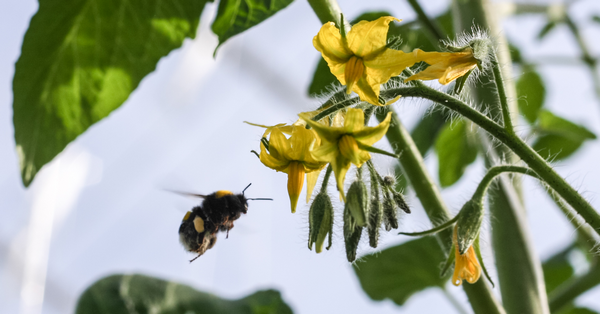
Bee happy
The message is thus: efficient cultivation. That is the precise intention of the brand-new greenhouse where Nordic Greens planted their first hydroponic lettuce this week. "It has solar panels and double screens. The whole design strives for efficiency and is unique in the world. I can't wait to harvest the first lettuce," Mads concludes enthusiastically about this new project, which again testifies to Denmark's greenhouse vegetable cultivation's bright future.
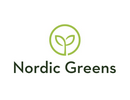 For more information:
For more information:
Mads Ulrik Pedersen, CEO
Nordic Greens
217 Assensvej, 5250
Odense, Denmark
Tel.: +45 659 62 927
info@nordicgreens.dk
www.nordicgreens.dk
